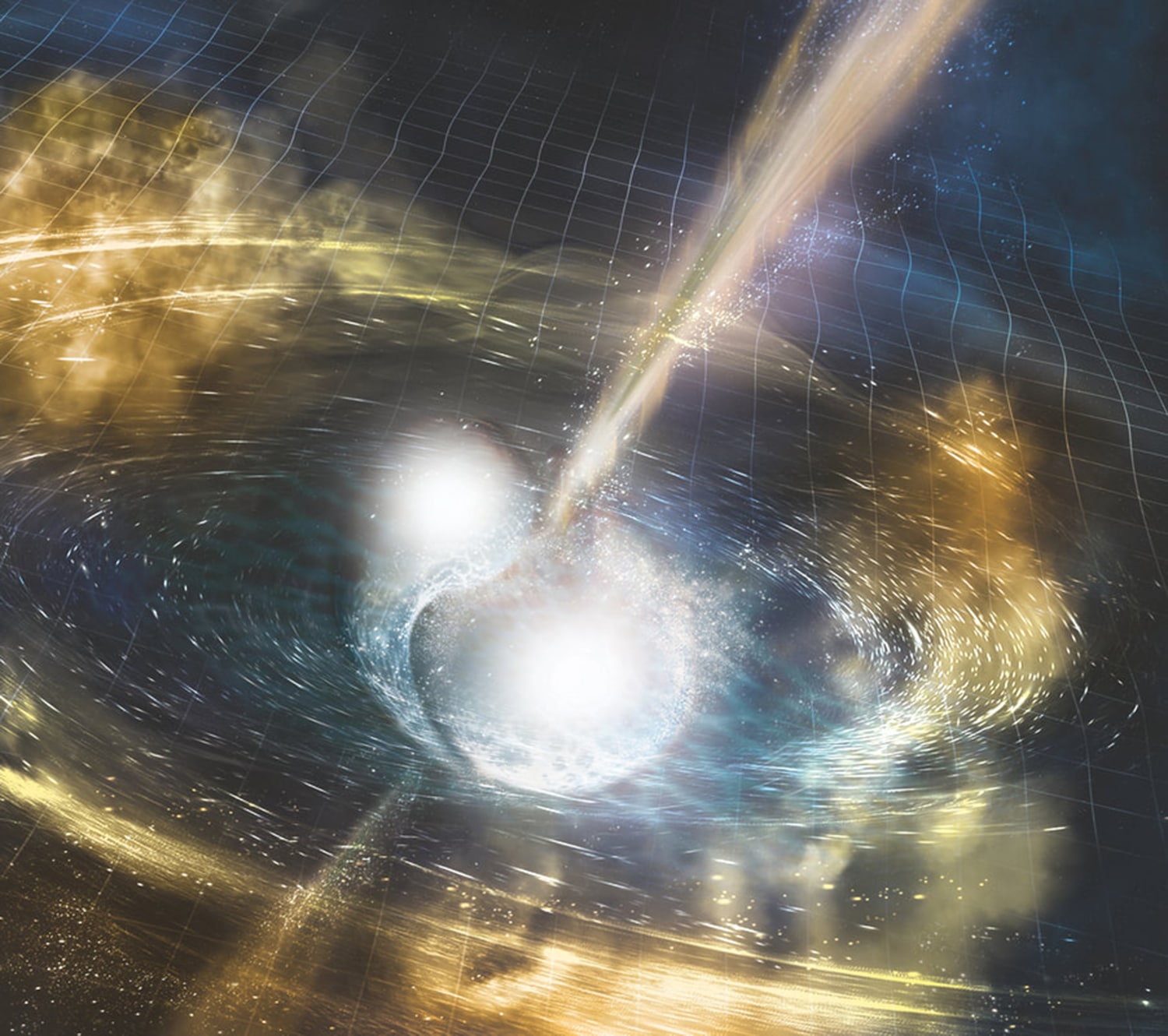
The study of neutron star populations helps unravel how they formed and evolved. Until now, using gravitational-wave detectors, scientists were able to detect only two double neutron star systems.
GW190425 is one of the double neutron stars observed in gravitational-wave signals. The star is far more massive, with a combined mass of 3.4 times that of our Sun. This raises the question: why is there a lack of these massive double neutron stars in radio astronomy? To find an answer, OzGrav Ph.D. student Shanika Galaudage, from Monash University, investigated how to combine radio and gravitational-wave observations.
Doing so allowed scientists to study double neutron stars at different stages of their evolution.
Using radio and gravitational-wave observations, scientists determined the mass birth distribution of double neutron stars.
Shanika Galaudage said, “Both populations evolve from the birth populations of these systems, so if we look back in time when considering the radio and gravitational-wave people we see today, we should extract the birth distribution.”
The time between the formation and merger of these systems is the key to understanding the delay-time distribution of double neutron stars. Scientists noted that heavier double neutron star systems might be fast-merging systems. It means they’re merging too fast to be visible in radio observations and could only be seen in gravitational waves.
It was found that there is mild support for a fast-emerging channel. It means heavy double neutron star systems might not require a fast-emerging scenario to explain the lack of observations in radio populations.
Study co-author Christian Adamcewicz from Monash University said “We find that GW190425 is not an outlier when compared to the broader population of double neutron stars. So, these systems may be rare, but they’re not necessarily indicative of a separate fast-merging population.”
Co-author Dr. Simon Stevenson, an OzGrav postdoctoral researcher at the Swinburne University of Technology, said, “If future detections reveal a stronger discrepancy between the radio and gravitational-wave populations, our model provides a natural explanation for why such massive double neutron stars are not common in radio populations.”
Journal Reference:
- Shanika Galaudage et al. Heavy Double Neutron Stars: Birth, Midlife, and Death, The Astrophysical Journal Letters (2021). DOI: 10.3847/2041-8213/abe7f6
Continue reading Determining the birth population of double neutron stars on Tech Explorist.
0 comments:
Post a Comment